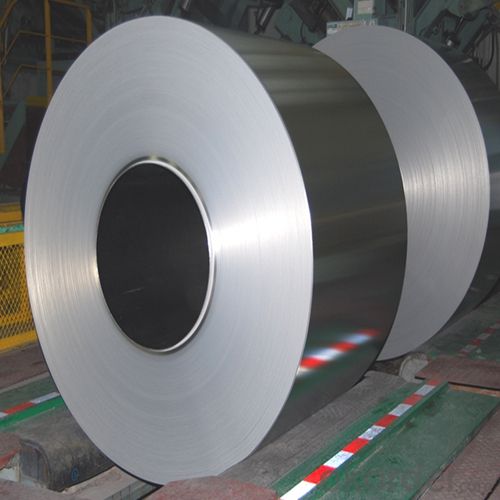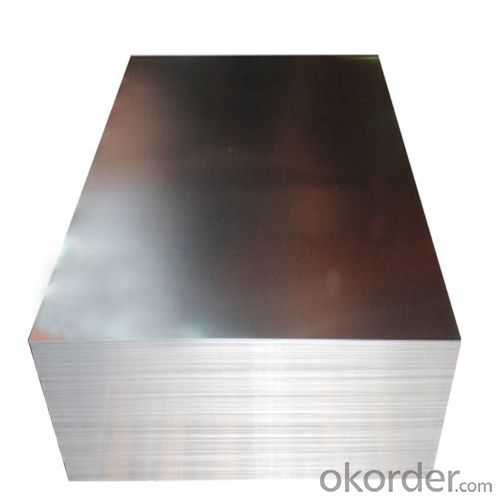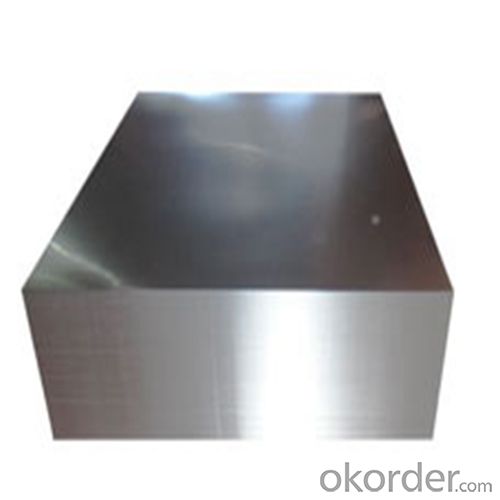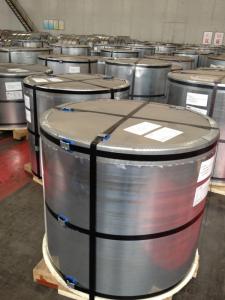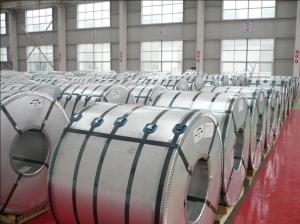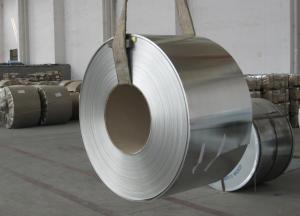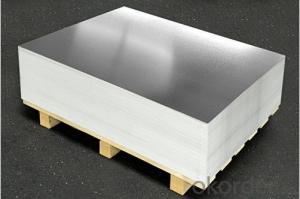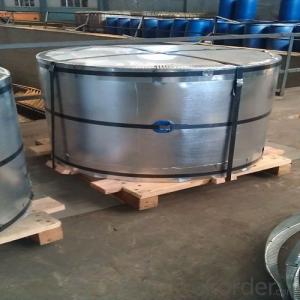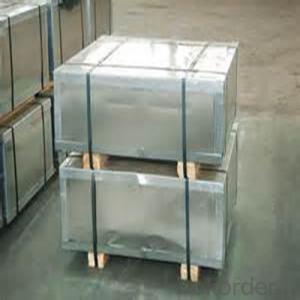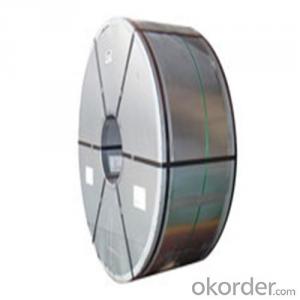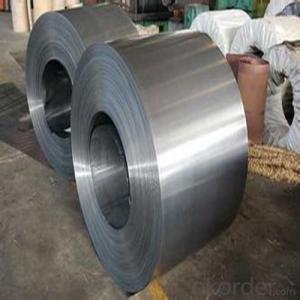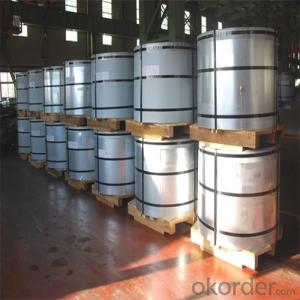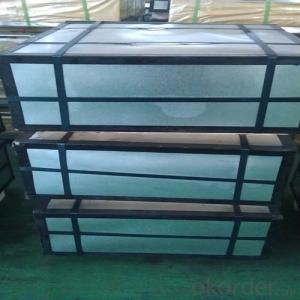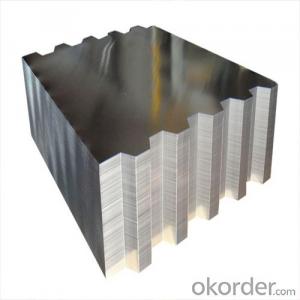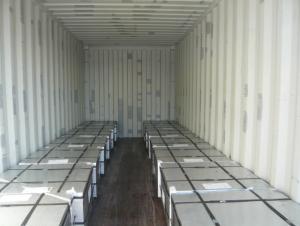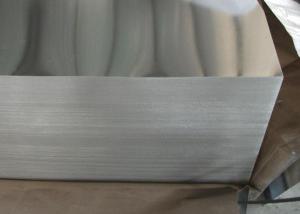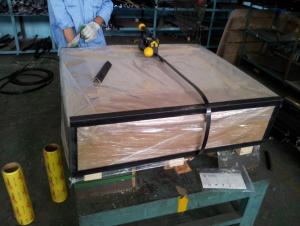Electrolytic Tinplate Sheets or Coils for Industrial Package 0.18mm
- Loading Port:
- Shanghai
- Payment Terms:
- TT OR LC
- Min Order Qty:
- 25 m.t.
- Supply Capability:
- 12000 m.t./month
OKorder Service Pledge
OKorder Financial Service
You Might Also Like
Electrolytic Tinplate
The origin of tinplate is from Bohemian, from 14th century, the people there began to produce tinplate. Also known as electrolytic tinplate, which stand for tin coating on the surface of cold rolled coil for preventing rust. The unique characteristics of tinplate steel decides its comprehensive range of application in international tinplate packaging industry. With the abundance extend of CC and DR steel material, and tin free steel, which enhance the development of technology of packaging industrialization, the innovation is ubiquitous in tinplate steel.
The feature of anti-oxidation, various kinds and beauty in printing enable tinplate enjoys widely usage in food can package, pharmaceutical package, daily application packing, apparatus package and industrial pack.
From the first food can to be produced in the year of 1810 in British, the development trend of tinplate has become thinner thickness and less tin coating to adjust the change of can industry and save cost.
Specification of Electrolytic Tinplate Sheets or Coils for Industrial Package 0.18mm:
Standard: GB/T2520-2000
Material: MR
Thickness:0.18mm
Width: 615mm
Temper: T4
Annealing: CA
Coil Inner Diameter: 508mm
Weight: 6-10 tons/coil 1~1.7 tons/sheets bundle
Passivation:311
Oil: DOS
Surface Finish: bright
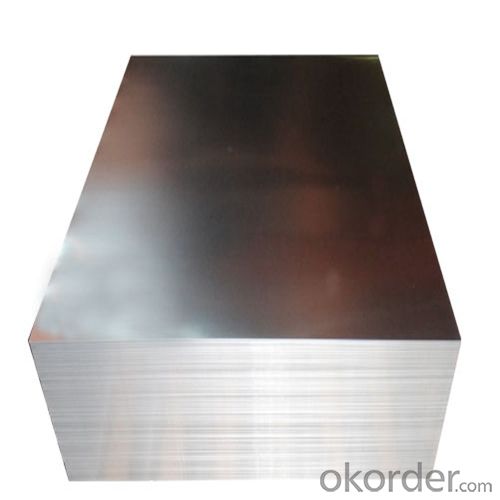
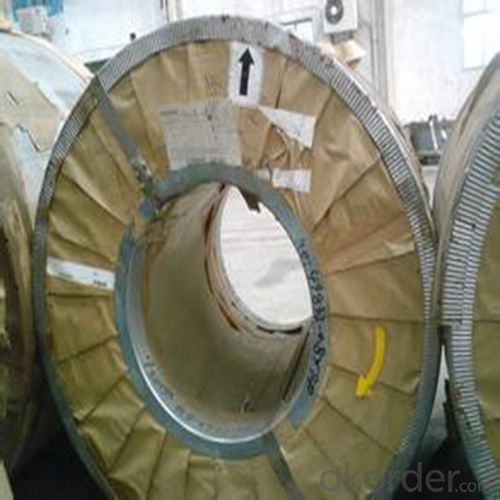
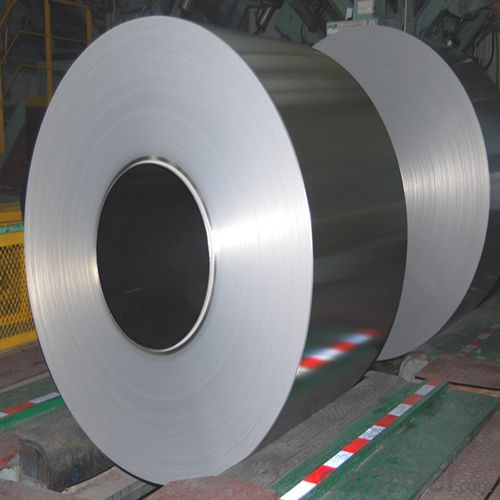
Frequently Asked Questions:
- What is the delivery time for your prime quality tinplate?
Usually 45 days after order confirmation for MR steel, and 35 days for SPCC.
- Do you also offer secondary quality stock tinplate?
Yes, we also offer secondary quality stock tinplate especially for industrial use.
- Can you offer some details about your package?
For sheets: plastic or waterproof paper, metallic cover and angles, steel strips,wooden pallet.
For Coils: plastic or waterproof paper,plastic protect plate,steel strips.
- Which port do you ship from?
We can ship from any China main port, but mostly Shanghai.
- What is the payment term?
The most common we use is L/C at sight or TT. We can also try use other terms.
- Q: How does tinplate perform in terms of tamper-evident features?
- Tinplate performs exceptionally well when it comes to tamper-evident features. Its strong and durable nature makes it difficult to manipulate or tamper with once sealed. Additionally, tinplate can be easily embossed or printed with intricate designs, making it easier to spot any signs of tampering. Overall, tinplate provides reliable protection against tampering, ensuring the integrity and safety of the contents inside.
- Q: Are there any health concerns associated with tinplate packaging?
- Yes, there are potential health concerns associated with tinplate packaging. Tinplate packaging can sometimes contain small amounts of lead, which is a toxic heavy metal. If the lead leaches into the food or beverage stored in the tinplate packaging, it can pose a health risk, especially in high quantities or with prolonged exposure. Additionally, some tinplate packaging may be lined with a plastic coating that contains harmful chemicals like BPA (bisphenol A) or phthalates, which can also leach into the food or beverage and have adverse health effects. It is important to check the safety of tinplate packaging and ensure it meets regulatory standards to minimize these health concerns.
- Q: Is tinplate magnetic?
- Yes, tinplate is magnetic.
- Q: Tin plated tin plated?
- Galvanized steel / strip is easy to retreat, the damage to the substrate is very small, but also to ensure the production of rust in the stamping process, you can use.
- Q: What are the common closure systems for tinplate containers?
- The common closure systems for tinplate containers include twist-off caps, screw caps, and press-on lids.
- Q: How is tinplate different from aluminum packaging?
- Tinplate and aluminum packaging differ in terms of material composition, appearance, and properties. Tinplate is primarily made of steel with a thin layer of tin coating, while aluminum packaging is entirely made of aluminum. Tinplate has a characteristic silver color, whereas aluminum packaging has a metallic silver appearance. In terms of properties, tinplate offers excellent corrosion resistance and is commonly used for food cans, while aluminum packaging provides superior lightness, flexibility, and recyclability, making it suitable for various products like beverages, pharmaceuticals, and cosmetics.
- Q: Is tinplate suitable for hot or cold food products?
- Tinplate is suitable for both hot and cold food products.
- Q: What are the main challenges in the tinplate industry?
- The main challenges in the tinplate industry include fluctuating prices of raw materials, increasing competition from alternative packaging materials, stringent environmental regulations, and the need for continuous technological advancements to improve production processes and meet changing customer demands. Additionally, the industry also faces challenges related to supply chain management, ensuring product quality and safety, and navigating global trade dynamics.
- Q: How is tinplate coated with water-based paints?
- Tinplate is coated with water-based paints through a process called coil coating. In this process, the tinplate is cleaned, pre-treated, and then coated with a water-based paint using a roller or spray method. The paint is then dried and cured at high temperatures to ensure adhesion and durability. The water-based paints are preferred due to their environmental friendliness and ease of application.
- Q: What are the main factors influencing the price volatility of tinplate?
- The main factors influencing the price volatility of tinplate include fluctuations in demand and supply, changes in production costs, global economic conditions, geopolitical events, and government regulations and policies. Additionally, factors like changes in exchange rates, technological advancements, and environmental concerns can also impact the price volatility of tinplate.
Send your message to us
Electrolytic Tinplate Sheets or Coils for Industrial Package 0.18mm
- Loading Port:
- Shanghai
- Payment Terms:
- TT OR LC
- Min Order Qty:
- 25 m.t.
- Supply Capability:
- 12000 m.t./month
OKorder Service Pledge
OKorder Financial Service
Similar products
Hot products
Hot Searches
Related keywords



